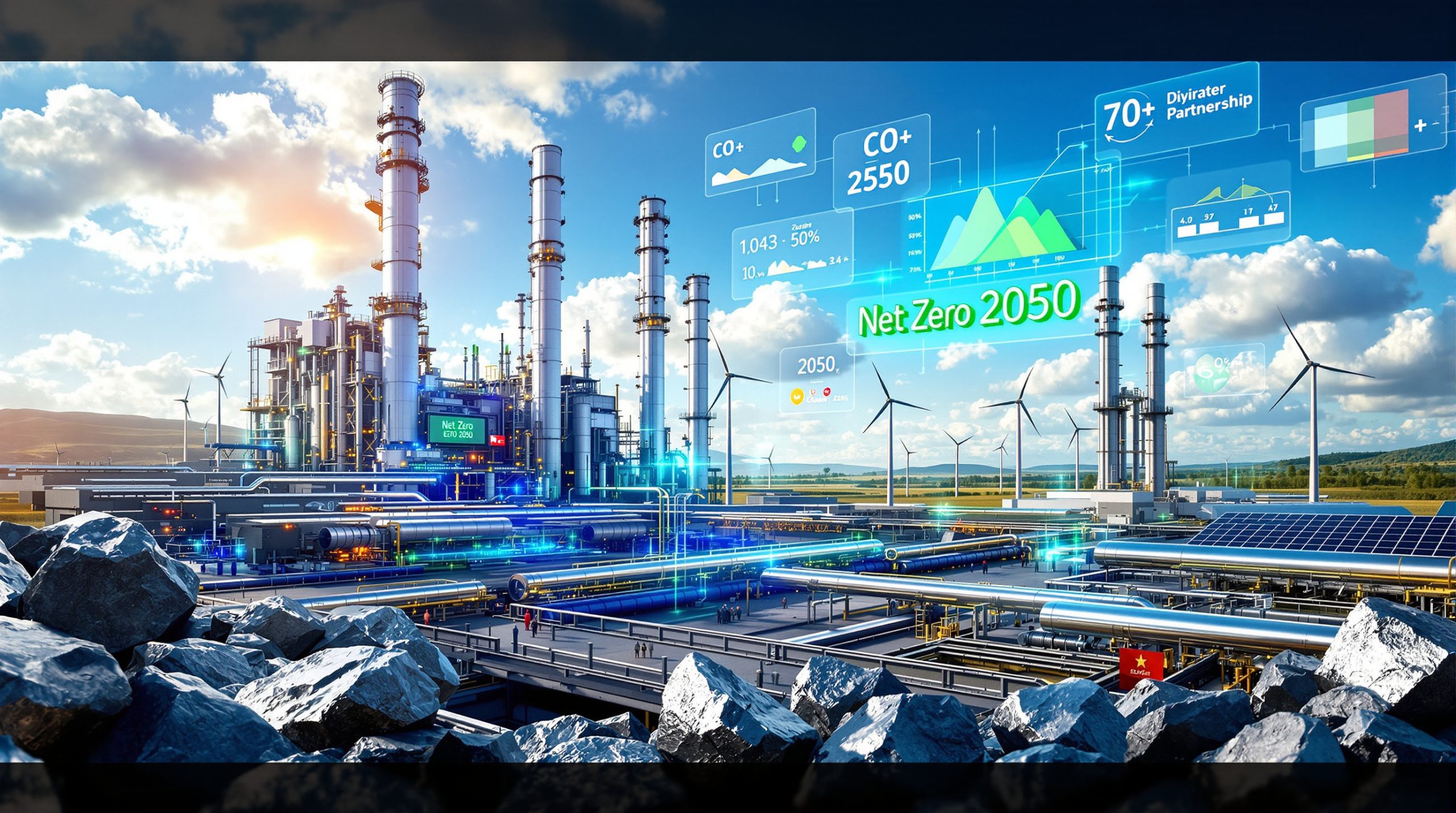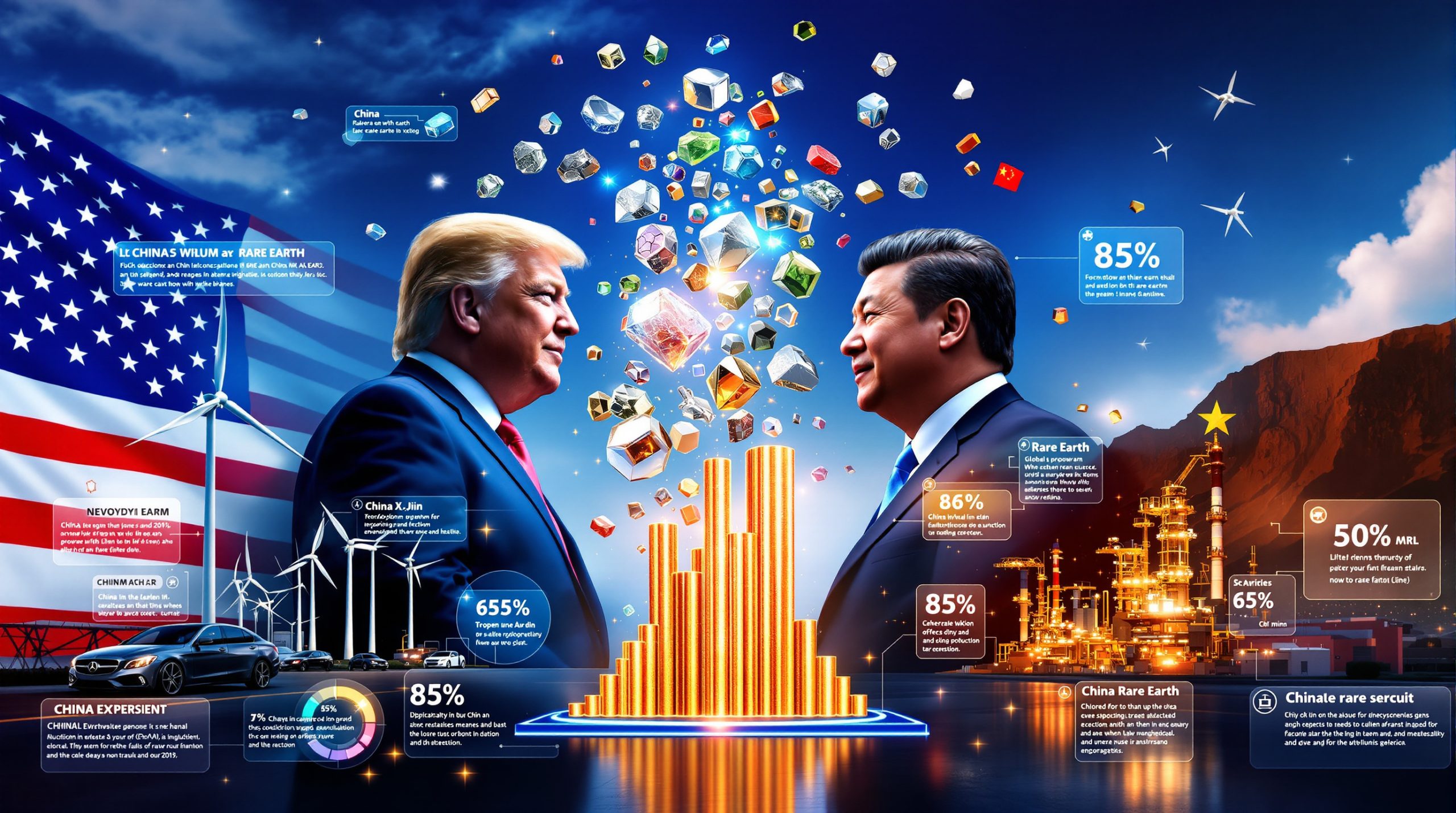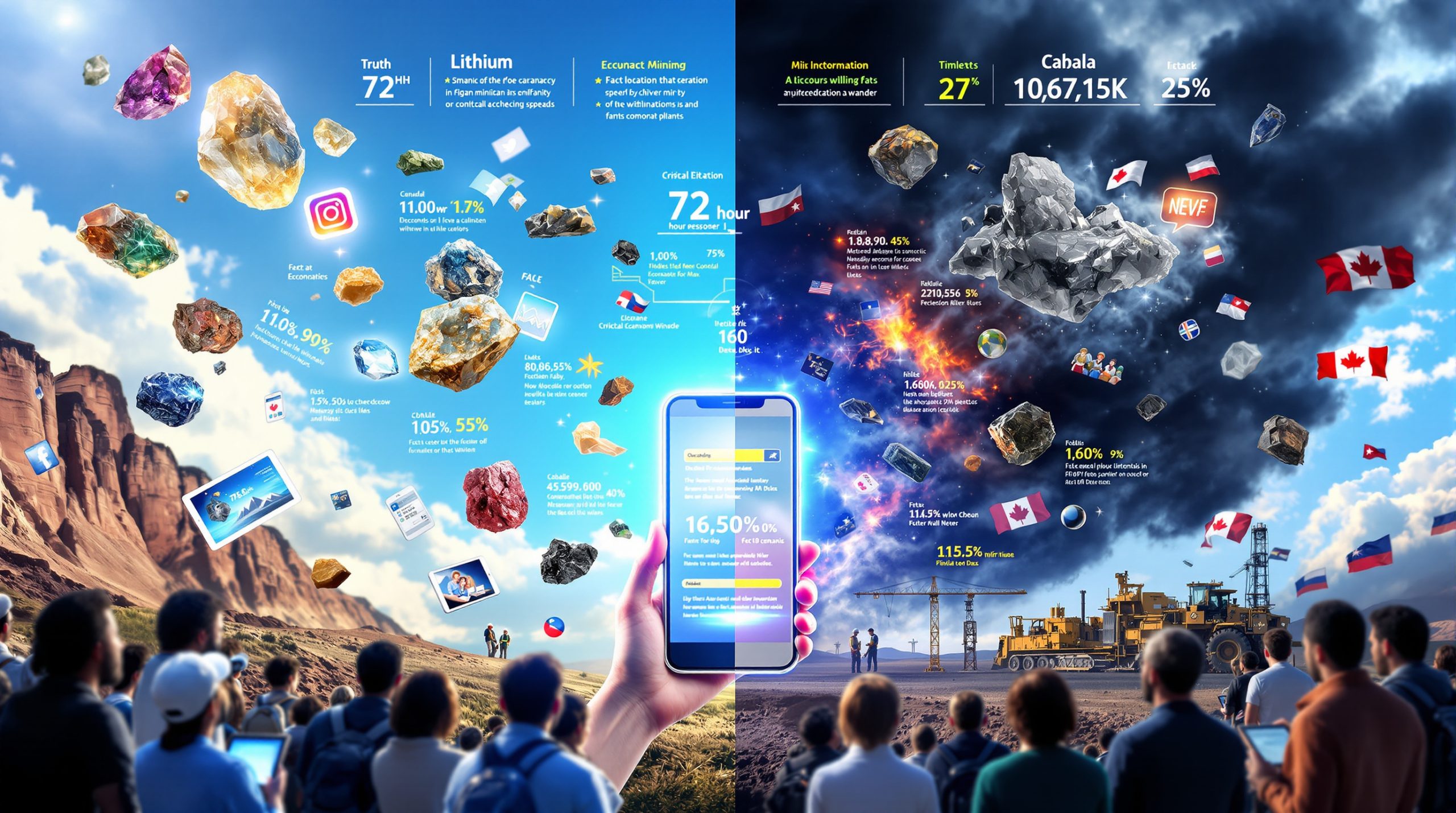Australian companies are leading the charge in establishing green steel partnerships that leverage cutting-edge hydrogen technologies to revolutionise traditional steelmaking processes. These collaborative frameworks unite diverse industrial players—from mining giants to technology innovators—to accelerate the decarbonisation of one of the world's most carbon-intensive manufacturing sectors whilst addressing the critical need for sustainable steel production.
The formation of these partnerships stems from a critical recognition that individual companies lack the comprehensive resources, technical expertise, and risk tolerance necessary to independently navigate the complex transition from conventional blast furnace operations to hydrogen-based and electric-powered alternatives. By pooling knowledge, capital, and operational capabilities, participants create synergistic ecosystems capable of addressing the multifaceted challenges inherent in industrial decarbonisation.
The Carbon Challenge Driving Partnership Formation
Traditional steel manufacturing generates approximately 7-9% of global CO₂ emissions, positioning it as the second-largest industrial emitter after cement production according to the International Energy Agency. With worldwide crude steel production reaching nearly 1.95 billion tonnes annually, the sector's emissions intensity creates an urgent imperative for systematic transformation.
The inherent carbon intensity of conventional blast furnace steelmaking arises from fundamental chemistry: coal-derived carbon monoxide serves as the primary reducing agent, converting iron ore into metallic iron while simultaneously generating substantial CO₂ emissions as an unavoidable byproduct. This process operates at temperatures exceeding 1,500°C and produces approximately 1.8-2.0 tonnes of CO₂ for every tonne of steel manufactured.
Regulatory frameworks increasingly constrain carbon-intensive operations through mechanisms such as the European Union's Carbon Border Adjustment Mechanism (CBAM), while institutional investors controlling over $130 trillion in assets globally demand concrete decarbonisation commitments. Major steel producers, including ArcelorMittal and Nippon Steel, have committed to achieving carbon neutrality by 2050, creating compressed timelines for technology deployment between 2030-2035.
Furthermore, the decarbonisation benefits extend beyond environmental compliance to encompass substantial economic advantages, including reduced carbon tax exposure and enhanced access to green financing mechanisms.
How Do Green Steel Partnerships Transform Traditional Steelmaking?
Hydrogen-Based Direct Reduction Technology
The technological cornerstone of modern green steel partnerships centres on hydrogen-powered direct reduction processes that replace carbon monoxide with green hydrogen as the primary reducing agent. This fundamental chemistry alteration transforms the emissions profile dramatically: where traditional methods generate CO₂, hydrogen-based reduction produces only water vapour as a byproduct.
The technical process operates through a carefully controlled sequence:
• Iron ore (typically hematite, Fe₂O₃) undergoes preparation to optimal particle sizes of 6-12mm
• Green hydrogen, produced via renewable electricity-powered electrolysis, feeds into the reduction furnace
• The chemical reaction Fe₂O₃ + 3H₂ → 2Fe + 3H₂O occurs at temperatures of 800-950°C
• Direct reduced iron (DRI) emerges as the primary product, with water vapour captured for potential recycling
• The DRI proceeds to downstream processing through electric arc furnaces or other steelmaking facilities
This hydrogen-based approach achieves thermal efficiencies of 75-85% compared to approximately 65% for traditional blast furnaces, while operating at significantly lower temperatures, thereby reducing energy losses and infrastructure stress. However, the technology demands higher-grade iron ore with greater than 65% iron content and reduced impurity levels, as the process exhibits heightened sensitivity to gangue contamination.
A practical demonstration of this technology's commercial development emerged through the CSIRO-India green steel partnership, which aims to develop innovative hydrogen-powered steelmaking technologies. Meanwhile, projects like those undertaken by Green Steel World Australia demonstrate how international partnerships are accelerating technology deployment across global markets.
Integrated Supply Chain Collaboration
Successful green iron project initiatives create vertically integrated ecosystems where each participant contributes specialised capabilities across the complete value chain. These collaborative structures address the reality that hydrogen-based steelmaking requires coordinated optimisation across multiple industrial processes that individual companies rarely possess comprehensively.
The integrated approach encompasses six critical components:
1. Mining and Ore Sourcing: High-grade iron ore producers optimise extraction, crushing, and classification processes to meet the stringent specifications required for hydrogen-based direct reduction
2. Renewable Energy Generation: Dedicated wind, solar, or grid-connected renewable facilities providing 50-80 MW continuous power for mid-scale DRI operations
3. Hydrogen Production: On-site or proximate electrolysis facilities requiring approximately $1.5-2.5 million per MW of electrolyser capacity, with a typical 100 MW system demanding $150-250 million in capital investment
4. DRI Production: Core conversion facilities maintaining optimal temperatures and pressures for continuous operation
5. Downstream Processing: Electric arc furnaces or integrated steelmaking facilities converting DRI into finished products
6. Logistics and Transportation: Specialised handling systems managing DRI's oxidation-prone characteristics and coordinating product delivery
However, the development of these integrated systems requires sophisticated renewable energy solutions that can provide reliable, cost-effective power for continuous steel production operations.
What Are the Key Benefits of Green Steel Partnership Models?
Risk Mitigation Through Shared Investment
Commercial-scale green steel facilities require substantial capital commitments, with full-scale operations (500,000-1,000,000 tonnes annual capacity) demanding $2.5-4.5 billion in total investment. Partnership structures distribute these financial requirements across multiple entities, reducing individual company exposure from 100% to typically 20-40% per participant.
The risk distribution mechanisms operate across five dimensions:
• Capital Risk Sharing: Multiple partners contribute proportional equity and debt financing
• Technical Risk Mitigation: Diverse expertise from mining, technology, energy, and industrial sectors reduces single-point-of-failure scenarios
• Market Risk Distribution: Multiple offtake partners across automotive, steelmaking, and infrastructure sectors secure demand across varied end-markets
• Regulatory Risk Pooling: Collective advocacy strengthens engagement with government incentive programmes
• Operational Risk Management: Shared governance and expert oversight improves project execution discipline
Partnership structures also enhance project financing terms by 200-300 basis points through improved creditworthiness and diversified stakeholder support. Technology risk, estimated at 25-35% for standalone hydrogen DRI deployment due to potential delays and performance shortfalls, decreases significantly through collaborative expertise and distributed accountability.
Accelerated Technology Development
Partnership models compress development timelines from 7-10 years for independent development to 3-5 years for collaborative approaches, representing 40-50% timeline acceleration according to World Steel Association data. This compression results from several synergistic mechanisms:
Parallel Work Streams: Multiple partners execute specialised development activities simultaneously rather than sequentially, including hydrogen production optimisation, ore beneficiation, process control, and environmental management
Shared Test Infrastructure: Demonstration facilities serve multiple partners' validation requirements, eliminating duplicated testing phases
Cross-Disciplinary Problem-Solving: Metallurgists, chemical engineers, electrical engineers, and project managers collaborate directly, resolving technical bottlenecks faster than traditional sequential expert consultation
Technology Transfer: Partners contribute existing expertise from related applications including hydrogen fuel cells, renewable energy, and conventional steelmaking, reducing learning curves significantly
Collaborative research and development programmes reduce redundant research by 30-40%, enabling capital reallocation toward demonstration and commercialisation phases. The approach addresses critical talent bottlenecks, with current global shortages of approximately 2,000-3,000 qualified green steel engineers worldwide.
Which Technologies Are Driving Green Steel Partnership Innovation?
Electric Arc Furnace Integration
Modern partnerships increasingly develop hybrid approaches that combine hydrogen-based direct reduction with electric arc furnace (EAF) processing powered by renewable energy. This integration creates fully decarbonised steel production pathways while leveraging the proven reliability of electric steelmaking technology.
Electric arc furnaces offer several advantages for partnership integration: they operate on renewable electricity rather than fossil fuels, achieve rapid startup and shutdown cycles that align with renewable energy availability, and process both virgin DRI and recycled steel feedstock with high efficiency. The technology requires significantly less capital investment than blast furnace replacement, with modern EAF installations costing $200-400 per tonne of annual capacity compared to $1,000-1,500 per tonne for greenfield integrated steel mills.
Partnerships utilising EAF integration benefit from existing operational expertise whilst focusing innovation efforts on upstream hydrogen reduction processes. This approach reduces technical risk by relying on proven downstream technology whilst concentrating development resources on novel direct reduction systems.
Ammonia-Based Reduction Processes
Emerging green steel partnerships explore ammonia as an alternative reducing agent, leveraging existing global ammonia logistics infrastructure whilst maintaining carbon-neutral benefits. Ammonia-based reduction operates through thermal decomposition: 2NH₃ → N₂ + 3H₂, generating hydrogen in situ within the reduction furnace.
This approach offers logistical advantages over direct hydrogen utilisation: ammonia can be transported and stored using existing infrastructure, eliminating requirements for specialised hydrogen handling systems. Additionally, ammonia exhibits higher energy density per unit volume than compressed hydrogen, reducing transportation costs for partnerships operating across significant distances.
However, ammonia-based processes require careful management of nitrogen byproducts and maintain thermal efficiency considerations that partnerships must address through collaborative engineering optimisation. Several technology developers are advancing ammonia reduction through partnership structures that combine chemical expertise with steel industry operational knowledge.
Carbon Capture and Utilisation Systems
Some partnerships incorporate carbon capture technologies to manage residual emissions from hybrid processes whilst developing markets for captured CO₂ in construction materials and chemical production. These systems enable partnerships to achieve net-zero emissions even when utilising transitional technologies that generate some carbon dioxide.
Carbon utilisation partnerships create additional revenue streams by converting captured CO₂ into valuable products including building materials, chemicals, and synthetic fuels. This approach transforms potential waste streams into economic assets whilst supporting comprehensive decarbonisation objectives.
What Are the Major Global Green Steel Partnership Models?
Automotive Industry Collaborations
Leading automotive manufacturers increasingly establish direct partnerships with steel producers to secure low-carbon steel supplies, often providing upfront capital commitments in exchange for guaranteed delivery volumes and specific carbon intensity specifications. These partnerships address automotive industry commitments to achieve carbon neutrality across complete supply chains by 2030-2040.
Automotive partnerships typically feature volume guarantees, carbon intensity specifications, and supply chain transparency requirements that exceed general market standards. Companies such as BMW, Volvo, and Mercedes-Benz have established dedicated green steel procurement programmes that provide steel producers with long-term offtake security in exchange for verified emissions reductions.
These collaborations often extend beyond simple procurement relationships to encompass joint technology development, shared sustainability reporting, and coordinated advocacy for supportive regulatory frameworks. The automotive sector's demanding quality specifications and supply chain reliability requirements make these partnerships particularly valuable for steel producers seeking to validate green technologies at commercial scale.
Mining Company-Steel Producer Alliances
Resource companies leverage their iron ore assets by partnering directly with steel producers to develop integrated green steel facilities near mining operations. This approach reduces transportation costs and emissions whilst creating economies of scale through co-located operations.
Mining-steel partnerships benefit from proximity advantages: reduced ore transportation costs, shared infrastructure development, and coordinated environmental management systems. Companies such as BHP, Vale, and Fortescue Metals Group have established green steel development programmes that combine their ore resources with steel industry technological capabilities.
The successful implementation of these partnerships often reflects broader mining sustainability transformation initiatives that integrate environmental, economic, and social considerations into operational strategies.
Technology Developer Licensing Agreements
Specialised technology companies create partnerships through licensing arrangements that enable multiple steel producers to access proprietary green steelmaking processes whilst maintaining competitive differentiation. This model allows technology developers to scale their innovations across multiple applications whilst steel producers gain access to cutting-edge processes without internal development costs.
Licensing partnerships typically include technology transfer, ongoing technical support, and performance guarantees that ensure successful deployment. Companies such as Midrex, Tenova, and Primetals Technologies have developed licensing models that combine proven technology with localised implementation support.
The licensing approach enables rapid technology dissemination whilst generating recurring revenue streams for technology developers through royalties and service agreements. Steel producers benefit from reduced development risk and accelerated implementation timelines compared to internal technology development programmes.
How Do Green Steel Partnerships Address Market Challenges?
Premium Pricing Strategy Development
Green steel currently commands premiums of 20-30% over conventional steel, requiring partnerships to develop market mechanisms that distribute these additional costs across value chains whilst maintaining competitive positioning. Premium pricing strategies must balance technology cost recovery with market acceptance and end-user willingness to pay for verified emissions reductions.
Successful partnerships develop tiered pricing structures that reflect carbon intensity reductions, sustainability certifications, and supply chain transparency. These mechanisms often include carbon offset credits, green financing advantages, and regulatory compliance benefits that offset premium costs through alternative value streams.
Market development requires coordinated effort across partnership participants: steel producers validate emissions reductions, end-users communicate sustainability benefits to consumers, and financial institutions develop green financing products. This collaborative approach creates market pull for green steel products whilst supporting premium pricing structures.
Scale Economics Through Shared Infrastructure
Partnerships enable development of shared hydrogen production facilities, renewable energy installations, and specialised transportation infrastructure that individual companies cannot justify economically. Shared infrastructure reduces unit costs through economies of scale whilst distributing capital requirements across multiple beneficiaries.
Critical Success Factors for Green Steel Partnerships:
• Aligned decarbonisation timelines across all partners
• Clear intellectual property sharing agreements
• Established offtake commitments from end-users
• Access to low-cost renewable energy sources
• Proximity to high-quality iron ore deposits
• Supportive regulatory frameworks and government incentives
Shared infrastructure development typically focuses on high-capital, shared-benefit systems including hydrogen electrolysis facilities, renewable energy generation, specialised DRI handling equipment, and environmental monitoring systems. These investments achieve optimal utilisation through multiple partner participation whilst reducing individual company capital requirements.
What Role Do Government Incentives Play in Partnership Formation?
Public-Private Partnership Structures
Government agencies increasingly participate directly in green steel partnership initiatives through grant funding, loan guarantees, and regulatory fast-tracking. Public sector participation recognises the strategic importance of domestic low-carbon steel production capabilities for national industrial competitiveness and climate objectives.
Public-private partnerships typically combine private sector technical expertise and operational efficiency with public sector risk tolerance and long-term investment horizons. Government participation often provides patient capital that enables partnerships to pursue longer development timelines and higher technical risk projects than purely commercial ventures could support.
Australian companies increasingly benefit from government support programmes that recognise the strategic importance of developing domestic green metals leadership capabilities whilst contributing to global decarbonisation objectives.
International Trade Policy Alignment
Carbon border adjustment mechanisms and green steel certification standards create additional incentives for partnerships that demonstrate verified emissions reductions and supply chain transparency. International trade policy increasingly favours low-carbon industrial products through preferential treatment and reduced regulatory barriers.
Trade policy alignment requires partnerships to develop comprehensive emissions tracking, third-party verification systems, and supply chain documentation that meets evolving international standards. These capabilities become competitive advantages as global trade frameworks increasingly incorporate carbon content assessments.
How Are Green Steel Partnerships Scaling Globally?
Regional Hub Development Strategy
Partnerships increasingly focus on establishing green steel production hubs in regions combining abundant renewable energy resources with proximity to iron ore deposits. This hub-based approach creates integrated industrial ecosystems that optimise logistics, share infrastructure, and achieve economies of scale.
Global Green Steel Hub Characteristics:
| Region | Key Advantages | Primary Technologies | Timeline to Production |
|---|---|---|---|
| Northern Europe | Abundant renewable energy, established steel industry | Hydrogen DRI, EAF integration | 2026-2028 |
| Australia | World's largest iron ore reserves, solar/wind potential | Hydrogen DRI, ammonia reduction | 2027-2030 |
| Middle East | Low-cost renewable energy, existing hydrogen infrastructure | Hydrogen DRI, carbon utilisation | 2028-2031 |
| North America | Established automotive demand, policy support | EAF expansion, hydrogen integration | 2026-2029 |
Regional development strategies coordinate across multiple partnerships to create industrial clusters that benefit from shared infrastructure, specialised workforce development, and coordinated supply chains. This approach enables smaller partnerships to achieve economics typically available only to much larger standalone operations.
Cross-Border Technology Transfer
International partnerships facilitate transfer of green steelmaking technologies from developed markets to emerging economies, accelerating global decarbonisation whilst creating new market opportunities. Technology transfer partnerships combine developed-market technical expertise with emerging-market manufacturing capabilities and growing steel demand.
Cross-border partnerships must navigate different regulatory frameworks, technical standards, and operational practices whilst maintaining technology performance and safety standards. Successful international collaborations establish local partnerships that combine global expertise with regional operational knowledge.
What Are the Investment Implications of Green Steel Partnerships?
Capital Allocation Strategies for Investors
Green steel partnership models create investment opportunities across multiple sectors, from renewable energy infrastructure to specialised equipment manufacturing, requiring diversified portfolio approaches to capture value creation. Investment strategies must consider both direct partnership participation and indirect exposure through supply chain relationships.
Partnership investments typically offer different risk-return profiles than standalone green steel ventures: reduced technical risk through shared expertise, longer development timelines through comprehensive technology validation, and potentially lower returns through profit-sharing arrangements. Investors must evaluate these tradeoffs against individual company capabilities and market positioning objectives.
The diverse capital requirements across partnership activities create opportunities for specialised investor participation: infrastructure funds can focus on renewable energy and hydrogen production facilities, technology investors can target intellectual property development, and industrial investors can participate in steel production operations.
Long-Term Competitive Positioning
Companies participating in successful green steel partnerships position themselves advantageously for future regulatory requirements and customer demands, potentially creating sustainable competitive advantages. Partnership participation provides access to cutting-edge technology, established customer relationships, and operational expertise that may be difficult to replicate through internal development.
Long-term competitive positioning depends on partnership structure and individual company strategic objectives: technology developers gain market access and validation, steel producers acquire low-carbon production capabilities, and mining companies develop value-added processing capabilities. Each participant must ensure partnership benefits align with broader strategic objectives.
How Do Green Steel Partnerships Navigate Technical Challenges?
Metallurgical Optimisation Requirements
Partnerships must address technical challenges inherent in hydrogen-based reduction, including different iron ore grade requirements, process temperature optimisation, and product quality consistency compared to traditional blast furnace operations. These metallurgical considerations require collaborative expertise across chemistry, engineering, and operations disciplines.
Hydrogen-based direct reduction exhibits different metallurgical characteristics than blast furnace iron: higher metallic iron content, different carbon and sulphur levels, and modified trace element profiles. Steel producers must adapt downstream processes to optimise these feedstock characteristics whilst maintaining final product specifications.
Quality consistency requires careful control of reduction conditions, ore preparation, and hydrogen purity levels. Partnerships benefit from shared expertise in managing these variables whilst developing operational protocols that ensure reliable product quality across varying operating conditions.
Hydrogen Supply Chain Development
Green steel partnerships require reliable, cost-effective hydrogen supply chains that often necessitate parallel investments in renewable energy generation, electrolysis capacity, and specialised storage and transportation infrastructure. Hydrogen supply chain development represents one of the most complex technical challenges facing partnerships.
Hydrogen storage and transportation require specialised infrastructure due to the molecule's small size, low density, and potential for metal embrittlement. Partnerships must choose between on-site hydrogen production, pipeline delivery, or trucked supply based on scale requirements, economics, and reliability considerations.
Supply chain reliability becomes critical for continuous steel production operations that cannot tolerate extended hydrogen supply interruptions. Partnerships typically develop redundant supply arrangements and storage capabilities to ensure operational continuity whilst managing supply cost optimisation.
What Does the Future Hold for Green Steel Partnership Evolution?
Digital Integration and Industry 4.0 Applications
Next-generation partnerships increasingly incorporate artificial intelligence, advanced process control, and digital twin technologies to optimise green steel production efficiency and minimise resource consumption. Digital integration enables real-time optimisation of complex hydrogen-based processes whilst providing predictive maintenance capabilities that improve operational reliability.
Advanced process control systems manage multiple variables simultaneously: hydrogen flow rates, reduction temperatures, ore feed composition, and product quality parameters. Machine learning algorithms optimise these variables continuously based on real-time performance data and predictive modelling.
Digital twin technology enables partnerships to test operational modifications and troubleshoot performance issues without interrupting production operations. These capabilities become particularly valuable for partnerships operating demonstration facilities where operational learning drives technology improvement.
Circular Economy Integration
Future partnerships will likely expand beyond steel production to encompass comprehensive circular economy approaches, including steel recycling optimisation, waste heat recovery, and byproduct utilisation across industrial networks. Circular economy integration creates additional value streams whilst improving overall resource efficiency.
Steel recycling integration enables partnerships to process both virgin ore and recycled steel feedstock through flexible production systems. This capability provides operational flexibility whilst addressing growing availability of steel scrap as global steel stock accumulates.
Waste heat recovery systems capture thermal energy from steel production processes for use in hydrogen production, ore preparation, or adjacent industrial operations. These integration opportunities improve overall energy efficiency whilst reducing partnership operating costs.
Green steel partnerships represent a fundamental evolution in industrial decarbonisation strategy, moving beyond individual company initiatives toward collaborative ecosystem development. These partnerships address the scale, complexity, and capital requirements necessary to transform one of the world's most carbon-intensive industries whilst maintaining economic viability and operational reliability.
The collaborative models emerging across global steel markets demonstrate that successful decarbonisation requires coordinated effort across multiple disciplines, industries, and geographies. Partnership structures that effectively balance risk distribution, technology development, and market access create sustainable competitive advantages whilst accelerating the pace of industrial transformation.
As technology costs decline and regulatory frameworks strengthen, green steel partnerships will likely become the dominant approach for developing and scaling low-carbon steel production capabilities worldwide. The success of these collaborative initiatives will ultimately determine the steel industry's ability to achieve net-zero emissions by 2050 whilst meeting growing global steel demand from infrastructure, automotive, and construction sectors.
Disclaimer: This article contains forward-looking statements regarding green steel technology development, partnership outcomes, and market evolution. Actual results may differ significantly from projections due to technical, economic, and regulatory factors. Investors should conduct independent research and consider professional advice before making investment decisions related to green steel partnerships or associated companies. The information presented does not constitute investment advice or recommendations to buy, sell, or hold any securities.
Want to Capitalise on Green Steel Investment Opportunities?
Discovery Alert's proprietary Discovery IQ model delivers real-time alerts on significant ASX mineral discoveries across critical green transition metals, instantly empowering subscribers to identify actionable opportunities in the evolving green steel supply chain ahead of the broader market. Explore why historic mining discoveries have generated substantial returns by visiting Discovery Alert's dedicated discoveries page, then begin your 30-day free trial today to position yourself strategically in Australia's green metals transformation.




